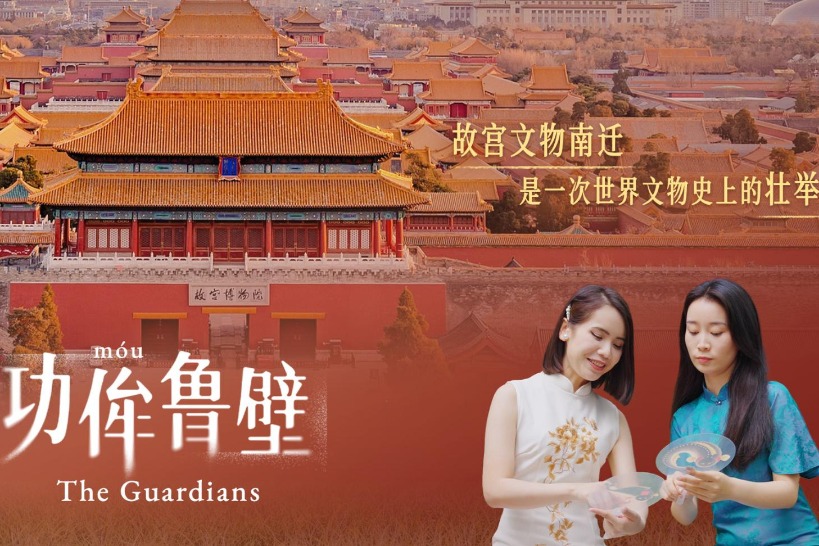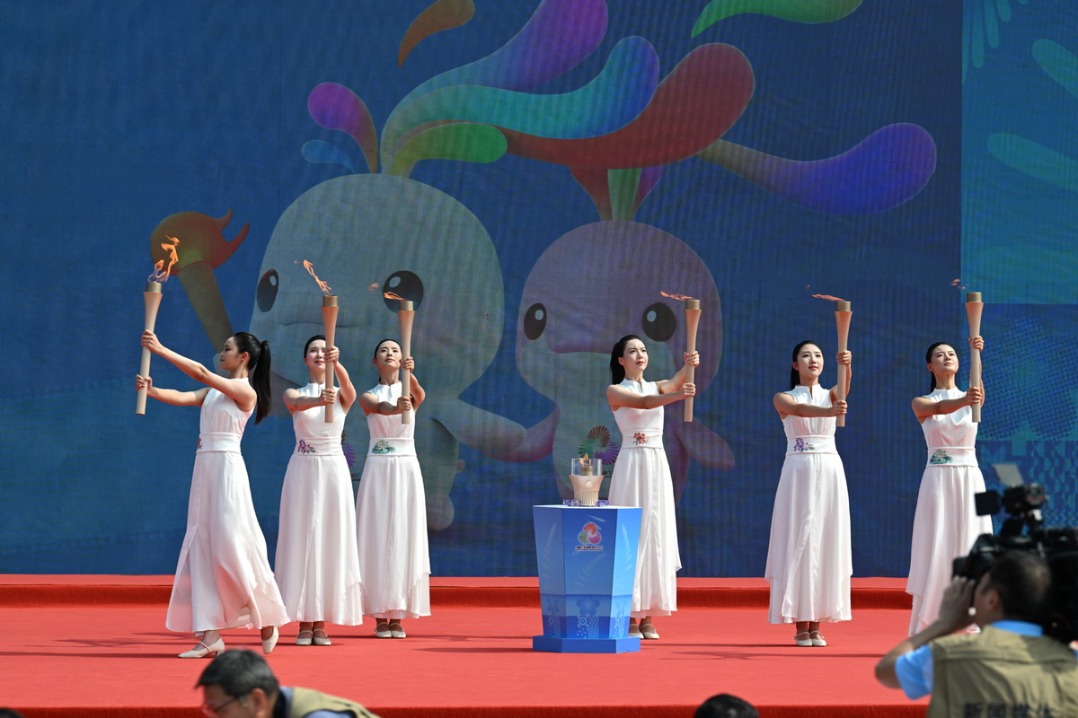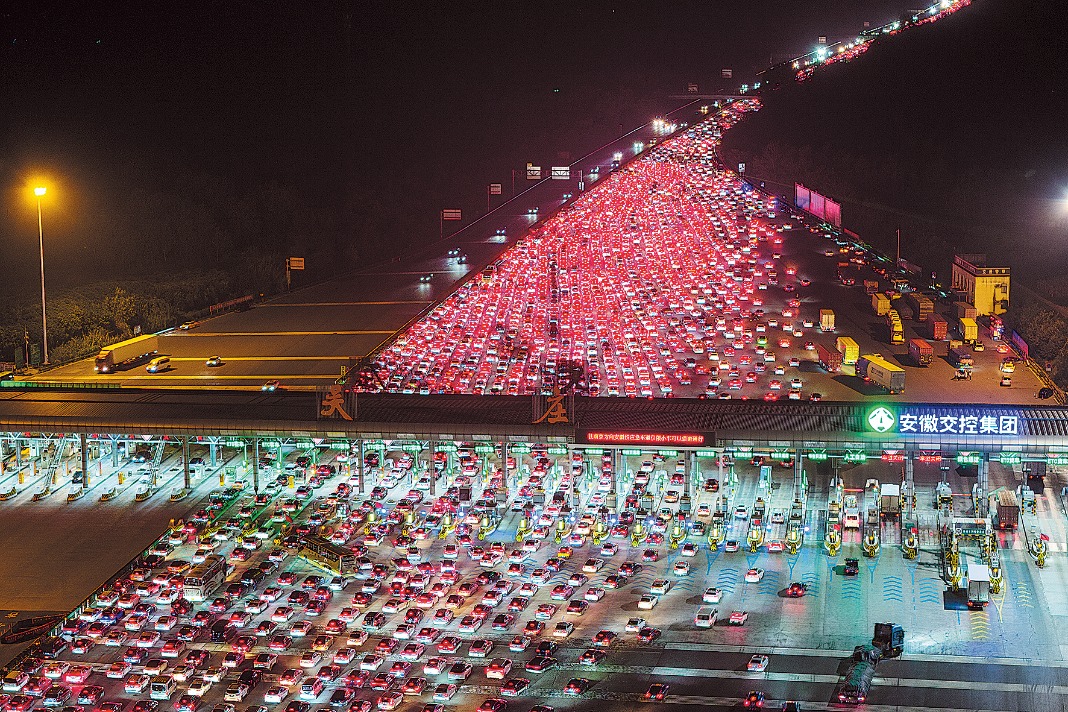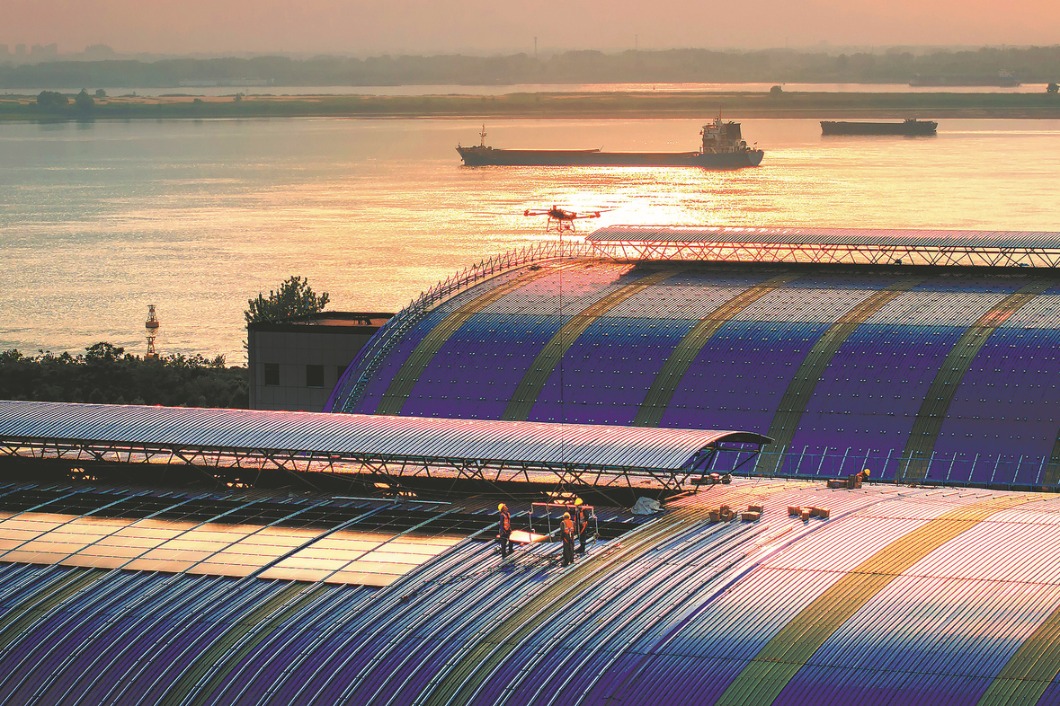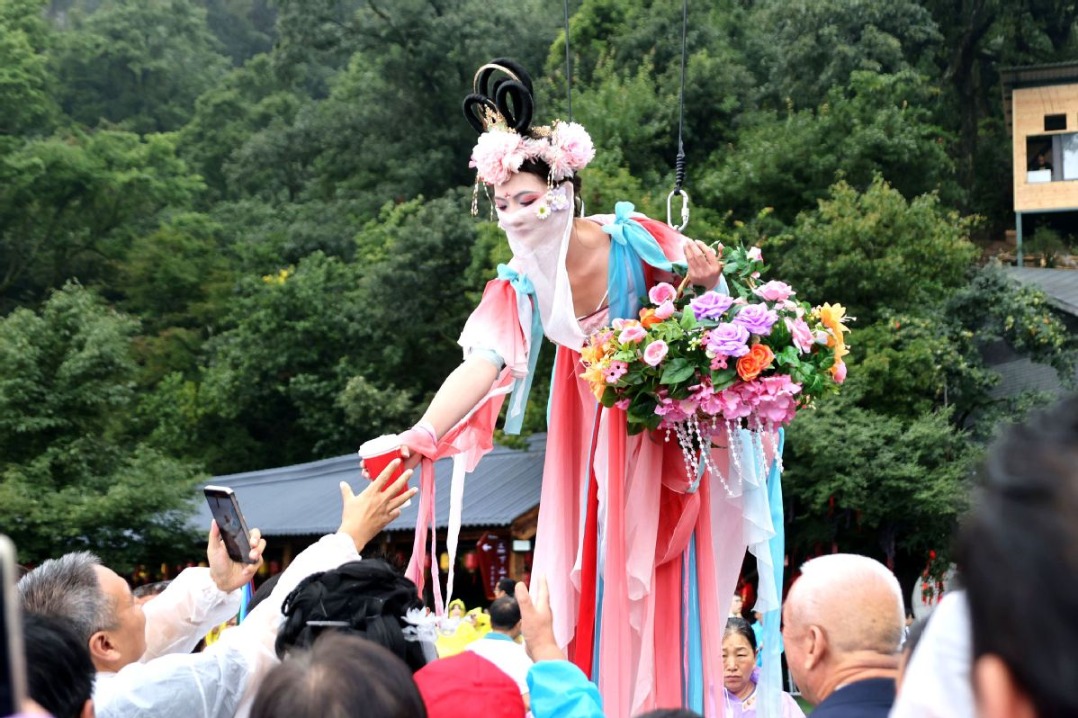Holiday spending reflects domestic demand potential


Editor's note: During the National Day and Mid-Autumn Festival holiday from Oct 1 to 8, China's robust tourism and consumer spending demonstrated substantial economic vitality and domestic demand potential. China Daily spoke to Liu Ying, a researcher at the Chongyang Institute for Financial Studies, Renmin University of China, on what this means for the economy. Below are excerpts from the interview. The views don't necessarily represent those of China Daily.
According to the Ministry of Culture and Tourism, during the National Day and Mid-Autumn Festival holiday, the country recorded 888 million domestic trips, an increase of 123 million from the seven-day National Day holiday last year, and total domestic tourism revenue reached 809 billion yuan ($113.58 billion), up by 108.19 billion yuan compared to the 2024 holiday period. The average daily sales revenue of consumption-related industries increased 4.5 percent year-on-year.
These numbers demonstrate China's substantial economic vitality and the potential of domestic demand. In the first half of 2025, domestic demand contributed around 70 percent to China's economic growth. This indicates consumption has surpassed investment and exports to become the most significant driver of economic growth. This shift has been particularly evident in recent years, especially during holiday periods.
The trend reflects a significant transformation in China's economic growth model as the country shifts from an export-oriented and investment-driven approach to one fueled by domestic consumption. This new pattern relies on the service sector to be its main driving force rather than the primary and secondary sectors.
Consumer spending shows vibrant trends, with sales of green organic food surging 27.9 percent year-on-year, while sales of smart home appliances increased 14.3 percent and guochao (or China-chic) clothing rose 14.1 percent.
The trends of green, smart and guochao consumption have become notably prominent, as evidenced by the double-digit growth in these sectors. The idea that "lucid waters and lush mountains are invaluable assets" is reflected in this trend. Alongside comprehensive improvements in the environment, including air and water quality, tourism resources and supply systems have also been enhanced. All these aim to fulfill people's aspirations for better lives and the goal of high-quality GDP growth.
Moving toward greener and smarter development, pursuing high-quality growth and advancing new quality productive forces contribute to Chinese modernization. These features are evident in holiday tourism and various consumption sectors. Chinese modernization seeks a balance between material and spiritual advancement. Material advancement is evident in the consumption sector, while spiritual enrichment is reflected in the diversification of consumer spending to encompass travel, music, films, etc. The current landscape, characterized by vibrant consumption models, continuous innovation and an upward trend in consumption tiers, illustrates spiraling growth. This evolution highlights how consumption-driven growth is becoming a highly competitive force for the Chinese economy on the global stage.
A defining feature of Chinese modernization is the country's large population, which serves as both a supply-side advantage and a significant consumption strength. The holiday spending showcases the advantages of the country's vast market, reflecting a rapidly growing consumption potential as well as a strong consumer confidence, especially in domestic brands. The emergence of guochao brands, alongside green and smart consumption, marks China's progress toward high-income status and serves as a crucial indicator of economic restructuring and upgrading — a healthy developmental trend highlighting international competitiveness.
Strong domestic demand can continually drive China's growth, and make it a stabilizer of the world economy.


















